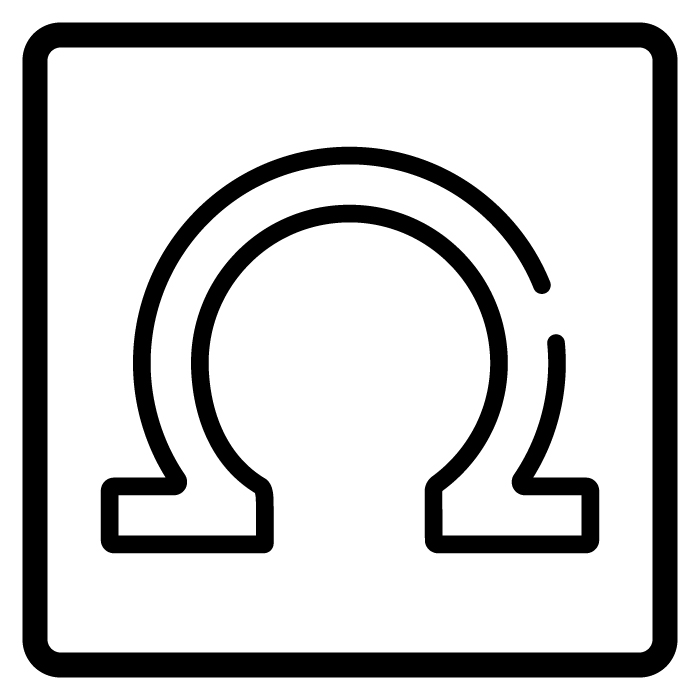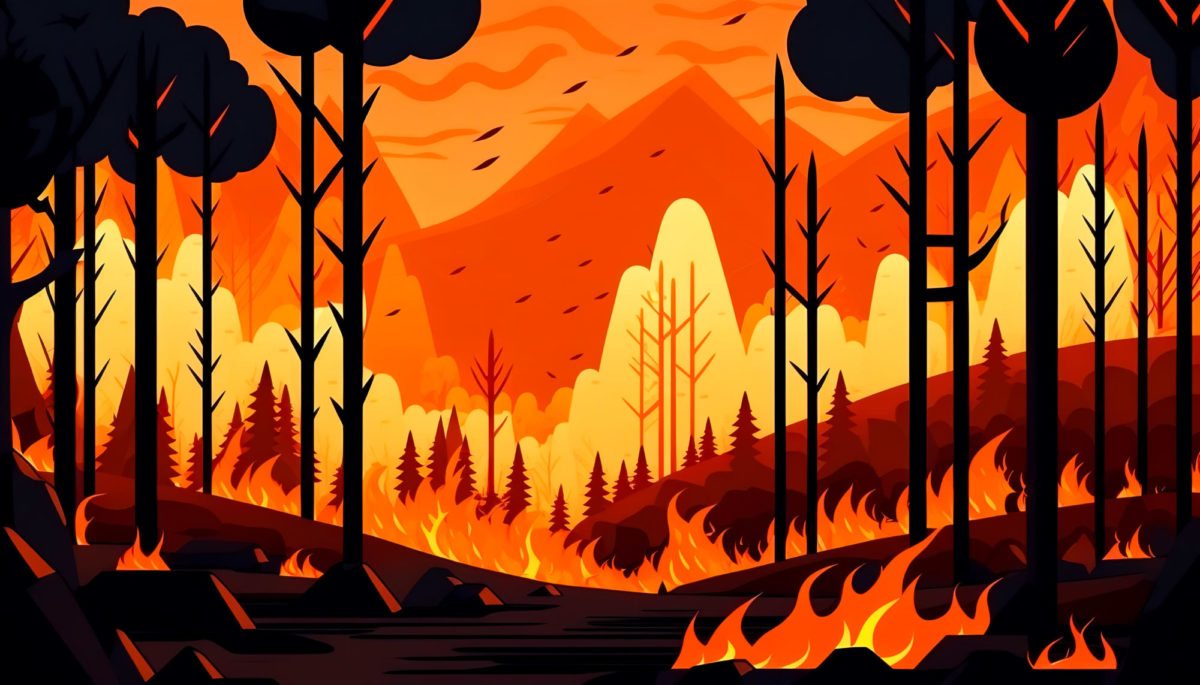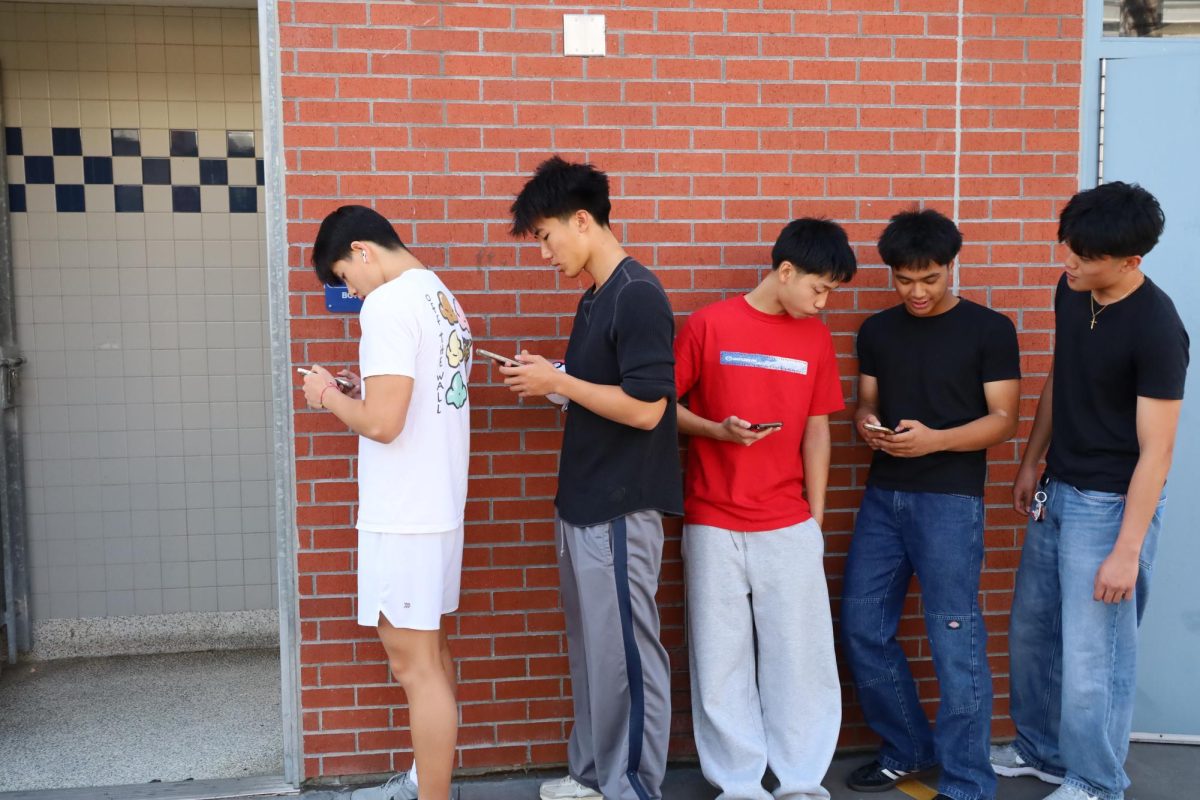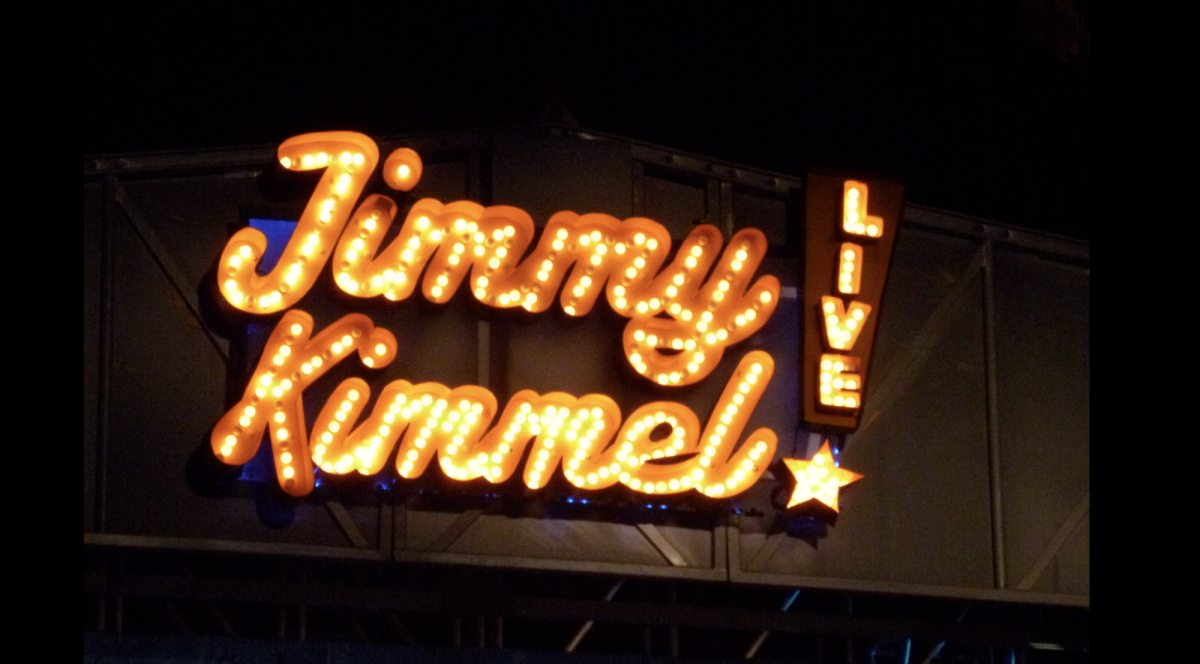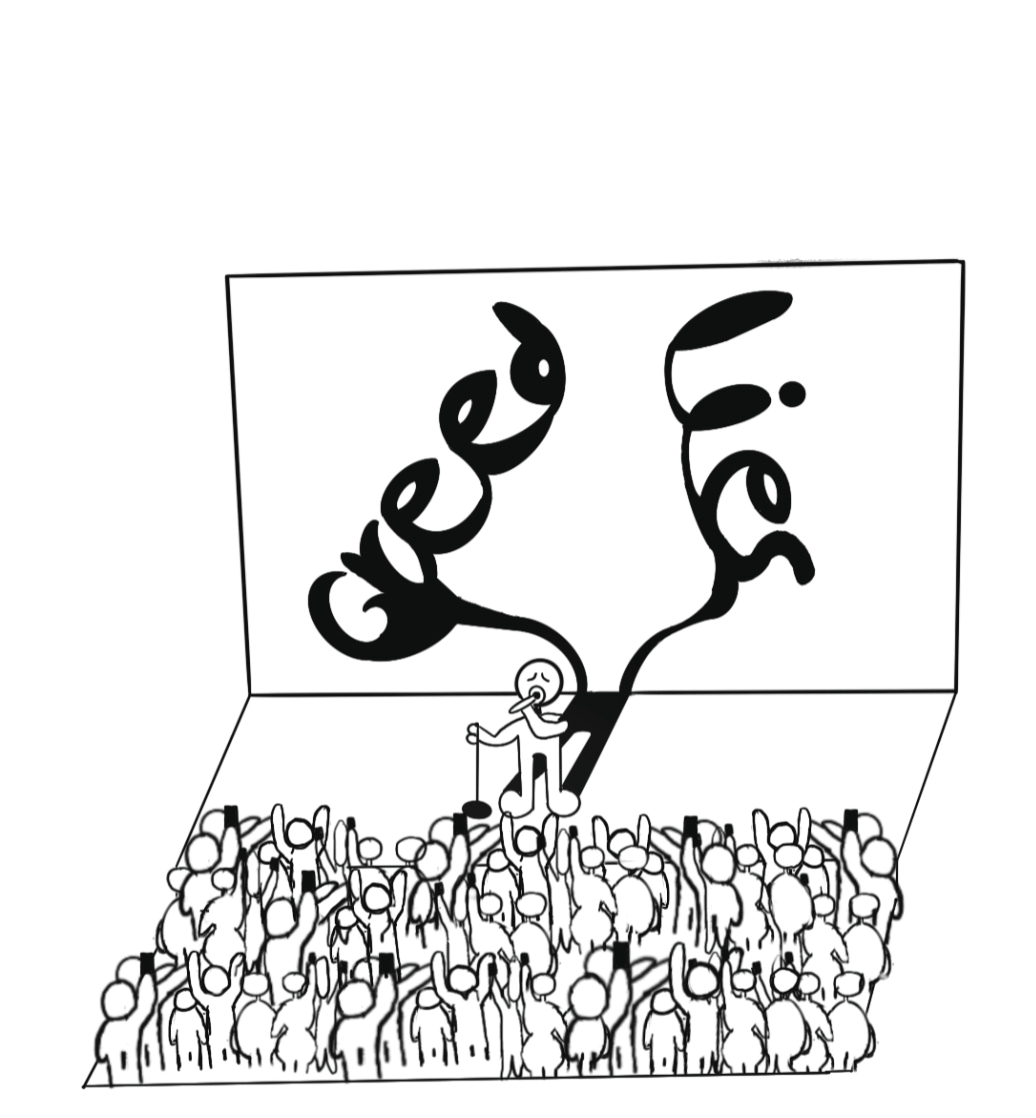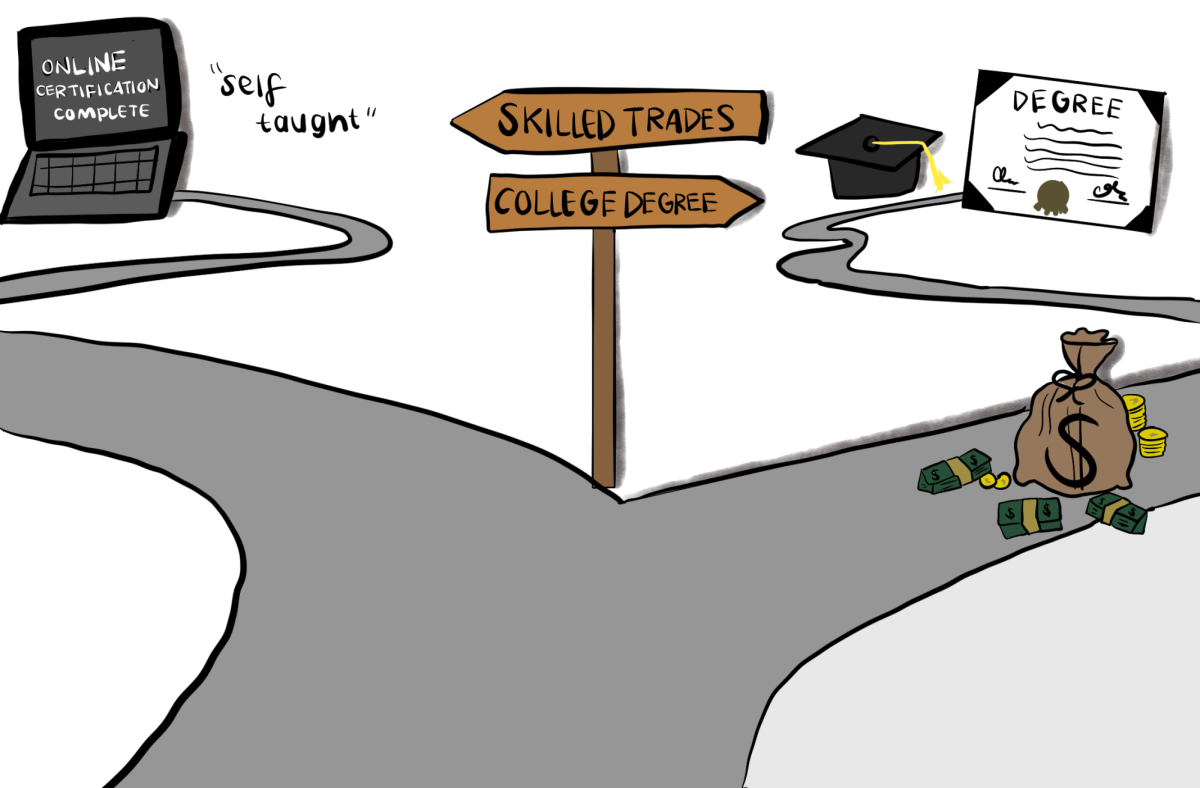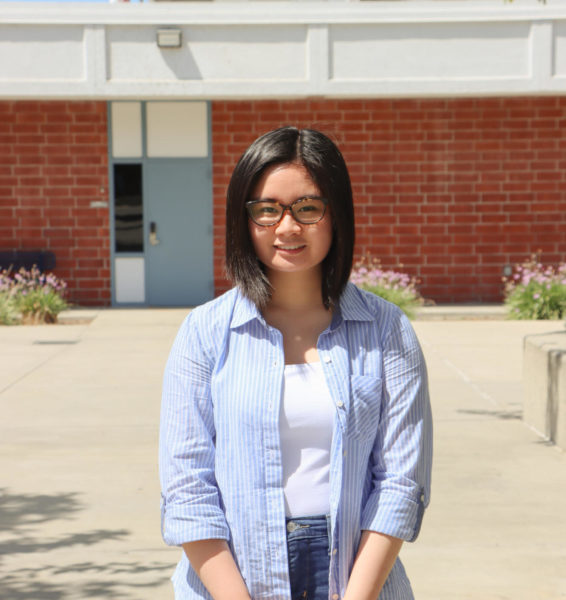Following the devastation wrought by the wildfires on Maui, individuals from around the nation have turned to social media to receive updates on the situation.
Although social media has been a space for individuals to extend heartfelt messages to those affected by the natural disaster, it has also been employed as a platform to disseminate misinformation and false conspiracy theories.
The concrete cause of the wildfires remains unknown. False narratives have encompassed accusations against the government for deliberately causing the wildfires. Others have posited that a laser beam was the origin.
The spread of conspiracy theories is often an instinctive response following a national crisis. Misinformation researchers have found that individuals often need to cling onto an explanation amid times of fear of powerlessness. Unfortunately, many look to sources of misinformation.
Perusing through X (formerly Twitter) under related hashtags reveal posts circulating a slew of false narratives surrounding the wildfires. With many students constantly interacting with social media, it is vital that they remain aware and critical of a post’s credibility and sourcing.
Media literacy begins with implementing courses within the education system to build resiliency against misinformation. Students can gain an understanding on how websites profit from spreading fictional news, the mechanisms behind social media algorithms and how to develop skills to scrutinize platforms that impersonate factual news sources.
Once a conspiracy theory gains attention online, individuals may join the conversation, proposing conjectural explanations behind unmentioned details in the original post. Social media algorithms will magnify these theories, creating an echo chamber of false claims based on the user’s recorded interactions.
Social media platforms, including YouTube, Instagram and TikTok have been wielding both online monitoring tools along with live reviewers to maintain their community guidelines. Many social media companies are torn between preserving a space for free speech while fostering it in a domain where posts that garner the most interactions and likes are those that are amplified across user feeds.
This often translates to the wide transmission of conspiracy theories that incite a user’s emotional response. Ultimately, misinformation begins to encroach on direct, and accurate reporting.
Every year, misinformation continues to proliferate across social media. Going forward, students will need to consume content online with caution. Experts studying misinformation surrounding the Maui wildfires have encouraged the implementation of social media literacy courses within educational curricula.
Students should be dissuaded from equating virality to validity. Many educators encourage students to develop a critical eye to the content they are viewing. When young students cannot distinguish between falsehoods and truth they yield to online confirmation biases and inflame polarizing false narratives unbeknown to themselves.
However, the intended results behind social media literacy education should also be taken into account. Some methods may promote an excessive skepticism that causes young individuals to be doubtful of all sources of information, fostering “information nihilism.”
Youths need to learn how to sift through the onslaught of information that is presented to them. Some researchers have proposed the use of the lateral reading method to remedy misinformation, which fact-checks online information by considering other sources before arriving at a conclusion.
Without advances toward social media literacy, educators will fail to build a well-informed constituency for the future.
